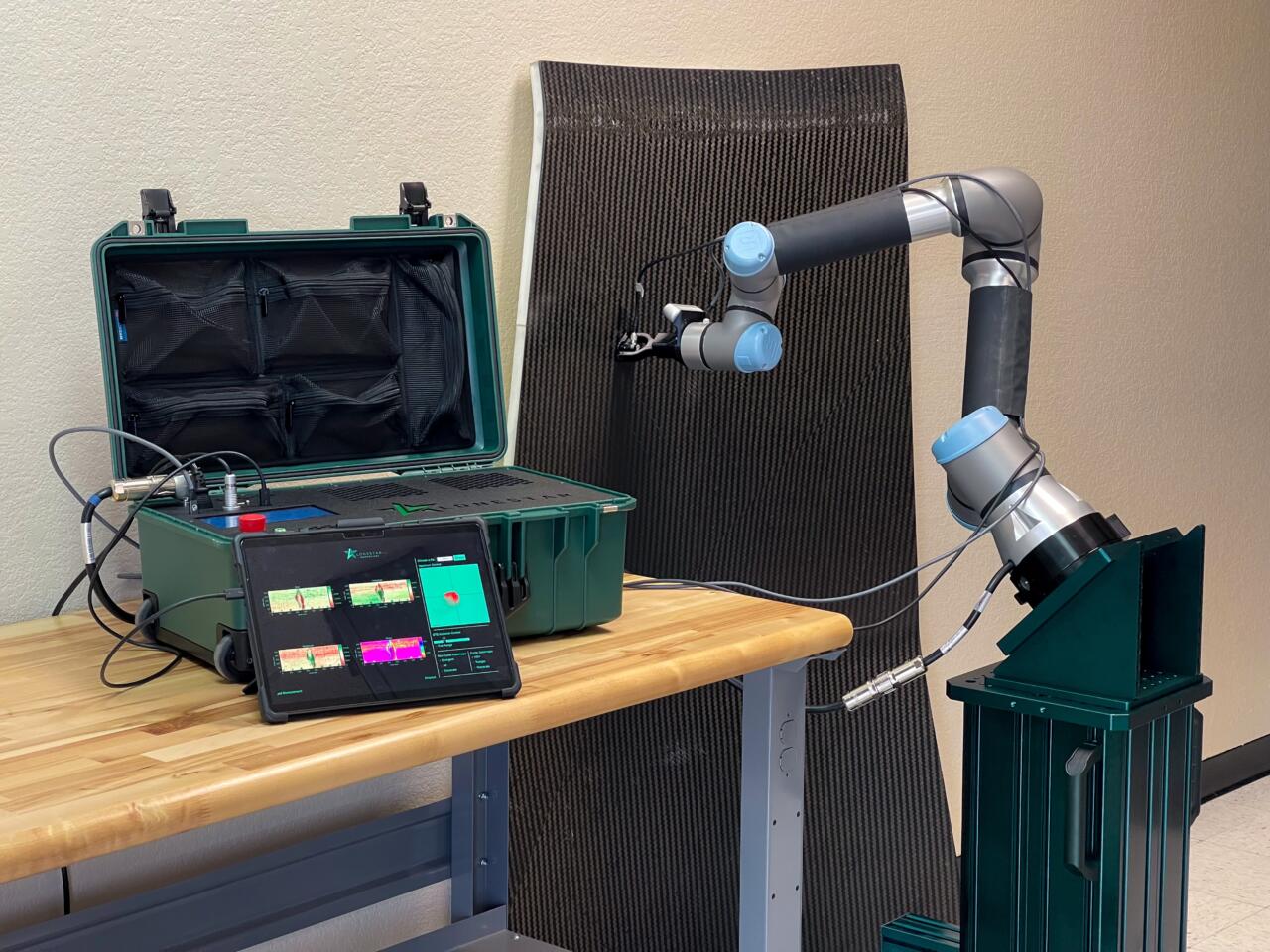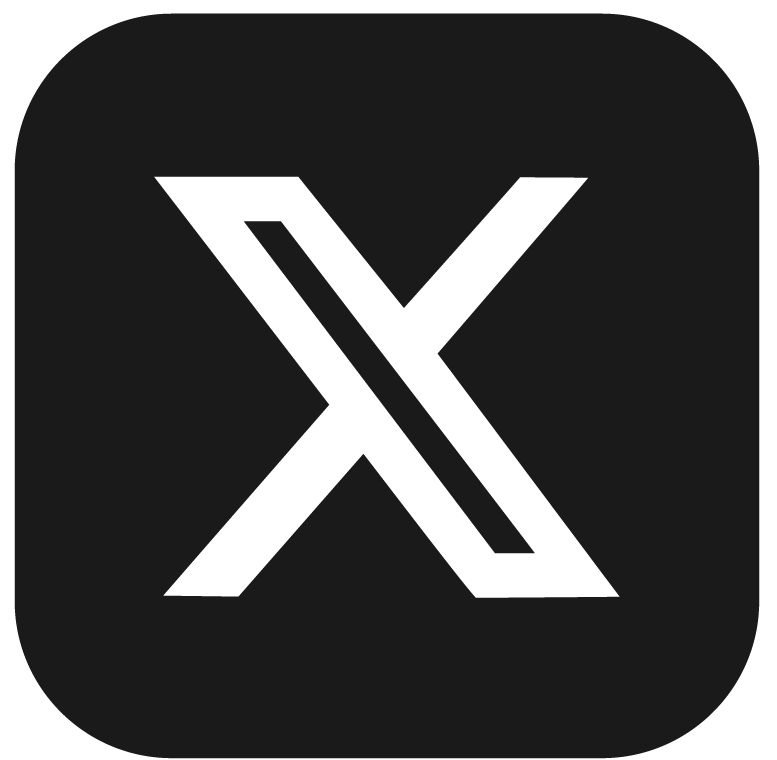Technology Title
Orion: Flexible Autonomy using Collaborative Robotics for Expeditionary Aircraft Structural Inspection
Tech Focus Area
Expeditionary Repair of aircraft structural components
Abstract
MRO processes are hampered by complexity, high costs, and the demand for rapid turnaround times. Current methods can be labor-intensive, time-consuming, and require highly specialized technicians, hindering operational readiness. LoneStar NDE Innovations (LSNDE) proposes an innovative solution, Orion: a flexible collaborative robot (cobot) inspection system to revolutionize expeditionary repair by improving structural inspection.
Orion directly addresses challenges in cost, cycle time, and manpower for aircraft inspections. Its autonomous capabilities reduce the reliance on skilled technicians for inspections allowing manpower to be diverted to other tasks. Orion’s rapid deployment and operational speed contribute to faster turnaround times, improving aircraft readiness in forward operating locations.
Orion’s originality lies in its adaptive approach to Non-Destructive Testing (NDT). Unlike alternative inspection setups, Orion leverages a depth camera to image parts in real-time, feeding this data into path planning algorithms. Inspection path planning is generated in minutes, a significant improvement from traditional automated systems that require manual programming. This adaptability represents a substantial contribution to the stateof- the-art in automated inspection.
The system currently performs ultrasonic resonance inspections which are highly effective for inspection of bonded materials and composite structures. Integration of single-element ultrasound scanning is planned to expand Orion’s inspection capabilities. The system has successfully demonstrated inspection speeds of up to 40 inches per second while collecting high-resolution data at 0.080-inch intervals. Orion’s technical maturity is evidenced by its successful deployment with Bell Flight’s NDT lab for inspecting helicopter blades, indicating a Technology Readiness Level (TRL) of 7.
Graphic

Orion excels in Portability and Deployability due to its form factor and flexible mounting options, including a mobile robotic stand or a lightweight suction cup base. Its rapid path planning and high inspection speeds ensure Rapid Repair Capabilities, quickly identifying structural issues. Ultrasonic inspection methods ensure Material Compatibility across diverse aircraft structures. Its precise data collection enhances Structural Integrity and Durability assessments.
Orion possesses strong cross-service applicability, as NDT is a universal requirement across all military service branches. Its feasibility for transition into the Department of Defense (DOD) is high given its performance, TRL, and alignment with DOD maintenance needs. A clear transition path starts with initial pilot programs within operational units leading towards into existing sustainment frameworks. This collaborative robot inspection system offers a transformative solution for aircraft structural repair in complex and challenging environments




